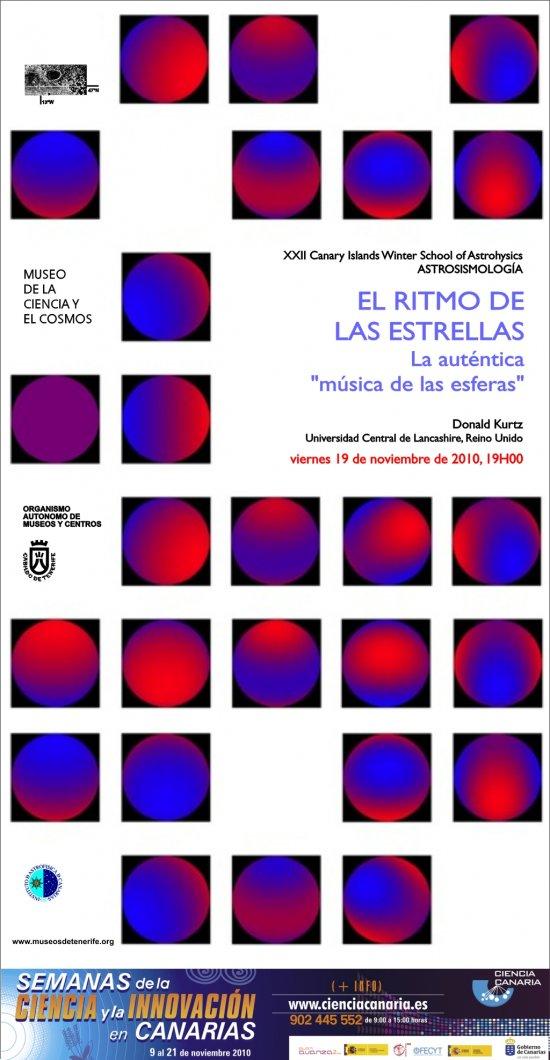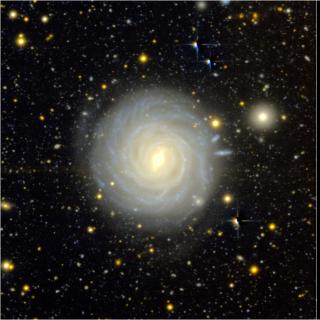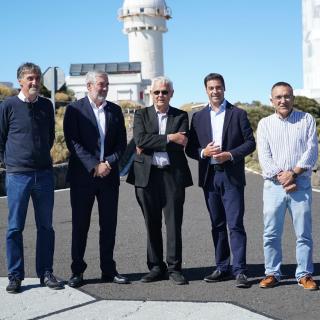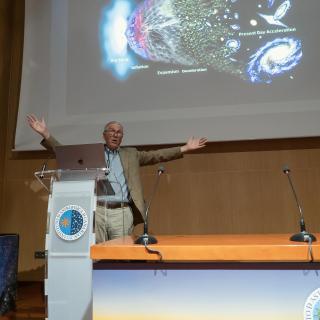Tomorrow, Friday 19th November at 7.00 pm, at the Museo de la Ciencia y el Cosmos in La Laguna, Professor Donald Kurtz of the University of Central Lancashire (United Kingdom) will give a public lecture on `The Songs of the Stars: The Real Music of the Spheres´. The lecture will be in English with simultaneous interpretation into Spanish.
We humans are intensely visual creatures: ‘seeing is believing.’ But there are other ways to know the world and universe. For many species of bats ‘hearing is believing.’ 2500 years ago the Pythagoreans believed in a celestial ‘music of the spheres,’ an idea that reverberated down the millennia in Western music, literature, art and science. In 1926 in the opening paragraph of his now-classic book, The Internal Constitution of the Stars, Sir Arthur Eddington lamented, ‘What appliance can pierce through the outer layers of a star and test the conditions within?’ While he considered theory to be the proper answer to that question, there is now an observational answer: asteroseismology, the real music of the spheres. The stars have sounds in them that we can use to “see” right to their very cores. Humans can also see with sound.
Prof Kurtz will look during this multi-media lecture at the relationship of music to stellar sounds. According to him, we will hear the real sounds of the stars (with a key change, of course) and we will even hear musical compositions where every member of the orchestra is a real (astronomical) star. We will learn about the latest discoveries using stellar sounds and vibrations, including stars that are giant diamonds the size of the Earth, and a class of the most peculiar stars in the sky that were discovered by the lecturer. We will even hear how stellar sounds have been used to discover a new planet that survived its star’s “red giant” stage, much as the Earth will 5 billion years in the future when the Sun swallows Mercury and Venus. Kurtz will finish his lecture with the revolutionary Kepler space mission, which is finding planets the size of Earth and listening to the Songs of the Stars.
This public lecture is one of the activities of the XXII Canary Islands Winter School of Astrophysics on Asteroseismology, organised by the Instituto de Astrofísica de Canarias, which will be held to Friday 26th November at the Hotel Nivaria in San Cristóbal de La Laguna, Tenerife.
Lecturer biography:
Donald Wayne Kurtz was born in 1948 and raised in San Diego, California (United States). After completing his PhD in Astronomy at the University of Texas, Austin (United States), in 1976, he went to the University of Cape Town (South Africa) for a 1-year postdoc and left 25 years later as Professor of Astronomy. For the last 10 years he has been Professor at the University of Central Lancashire in the United Kingdom. He discovered an entire new class of pulsating, peculiar strongly magnetic stars. They are called A peculiar stars (Ap).
He is on the steering committee for the Kepler Asteroseismic Science Consortium (KASC), hundreds of astronomers who are studying thousands of stars observed by the Kepler space mission with 1000 times better vision ever before. He has spent more than 1500 nights at the telescope, observes with some of the world’s largest telescopes and has over 300 professional publications. He is also coauthor of the specialized book Asteroseismology.
Museo de la Ciencia y el Cosmos
http://www.museosdetenerife.org/index.php?al_id_mus=6



